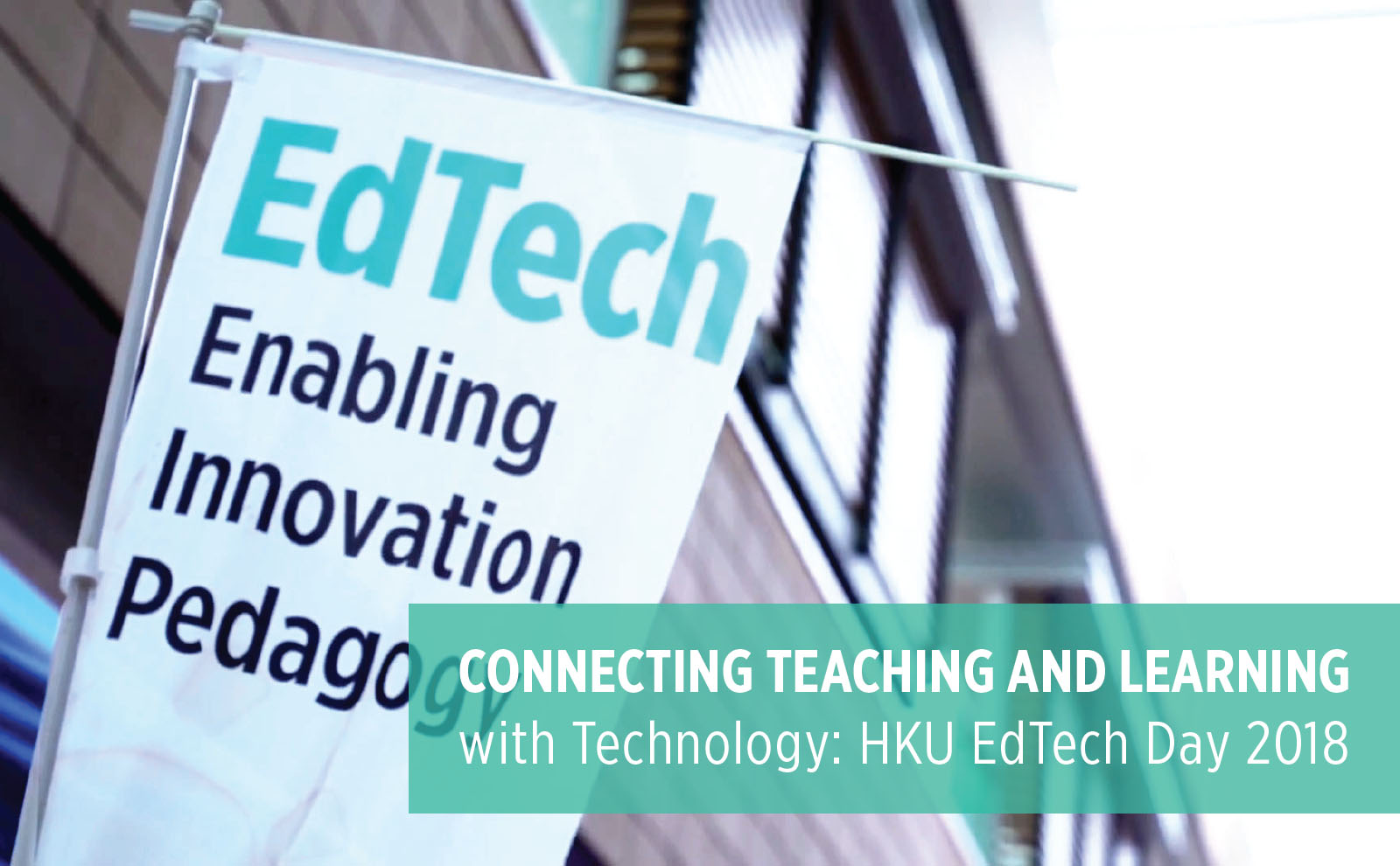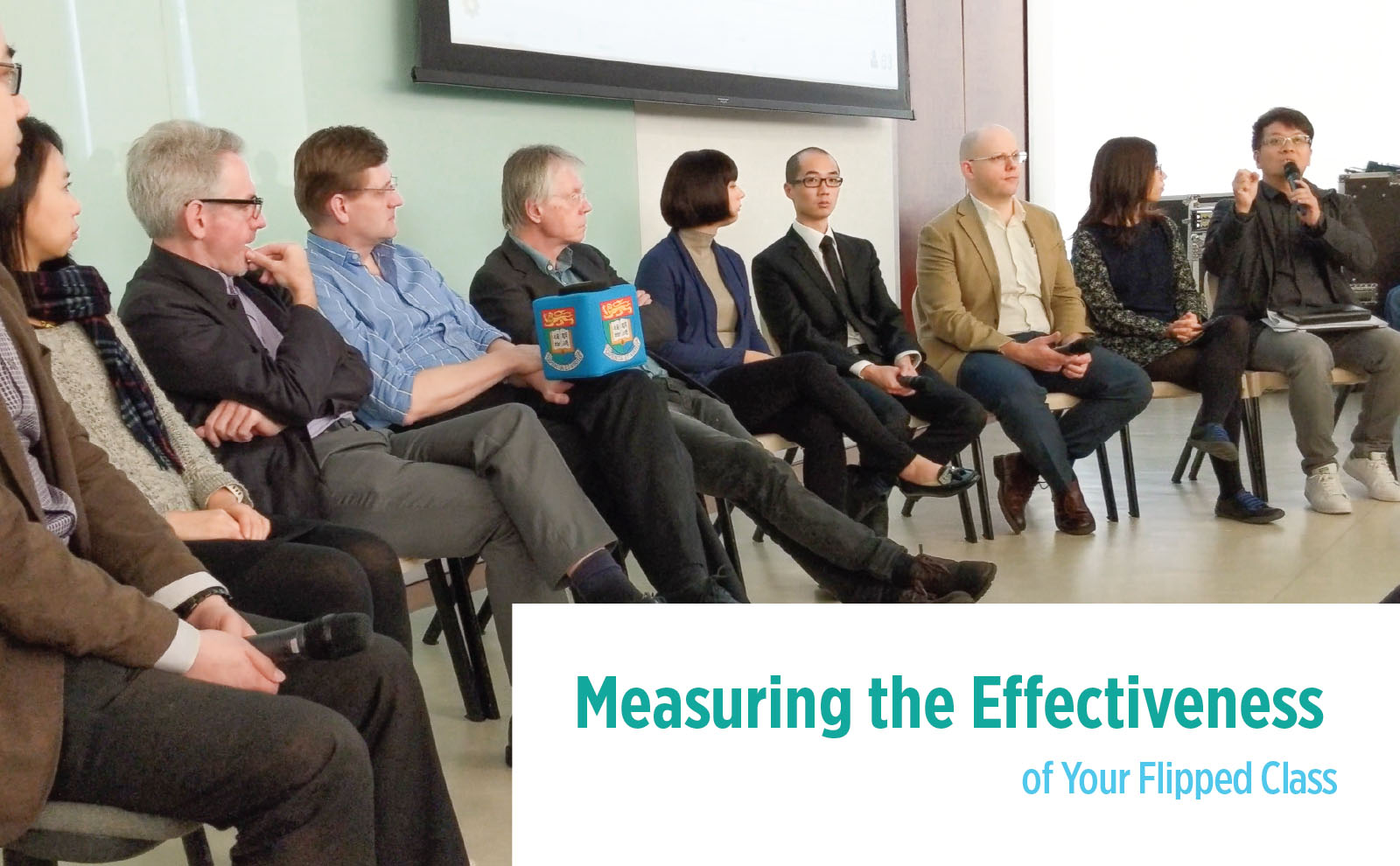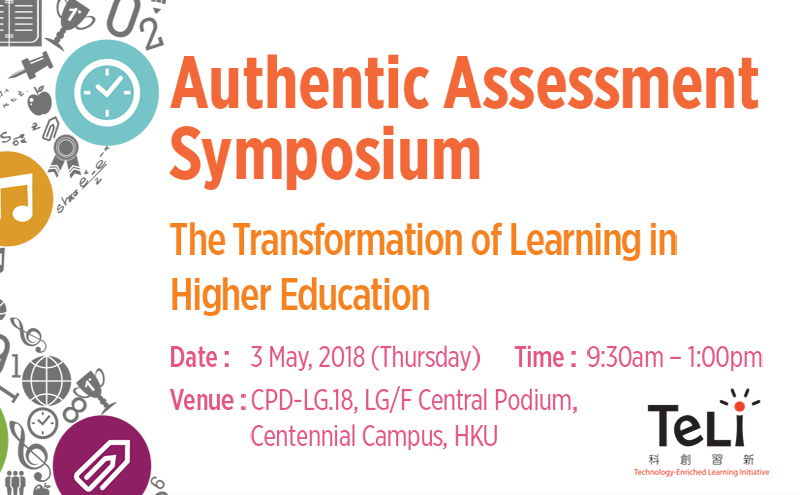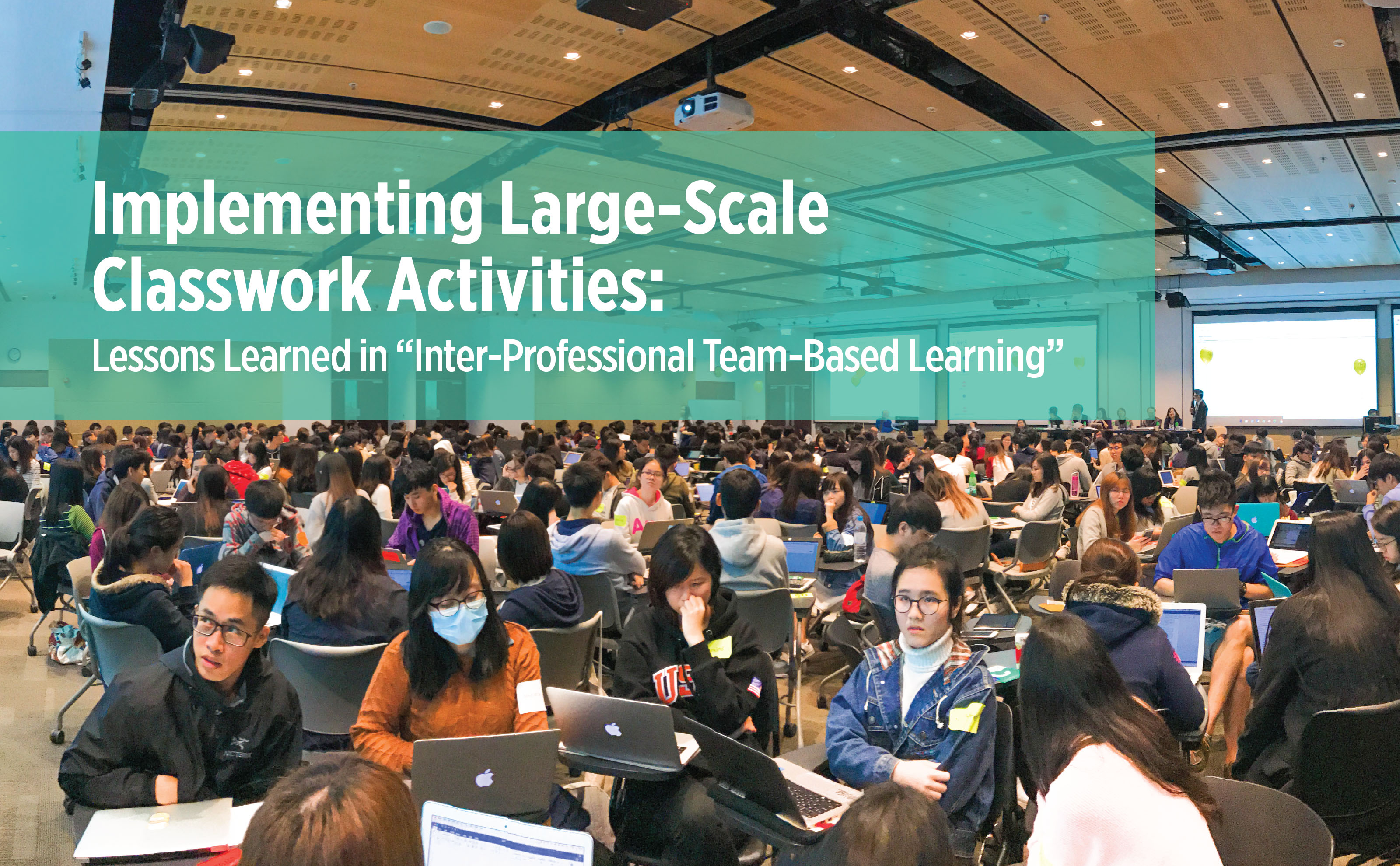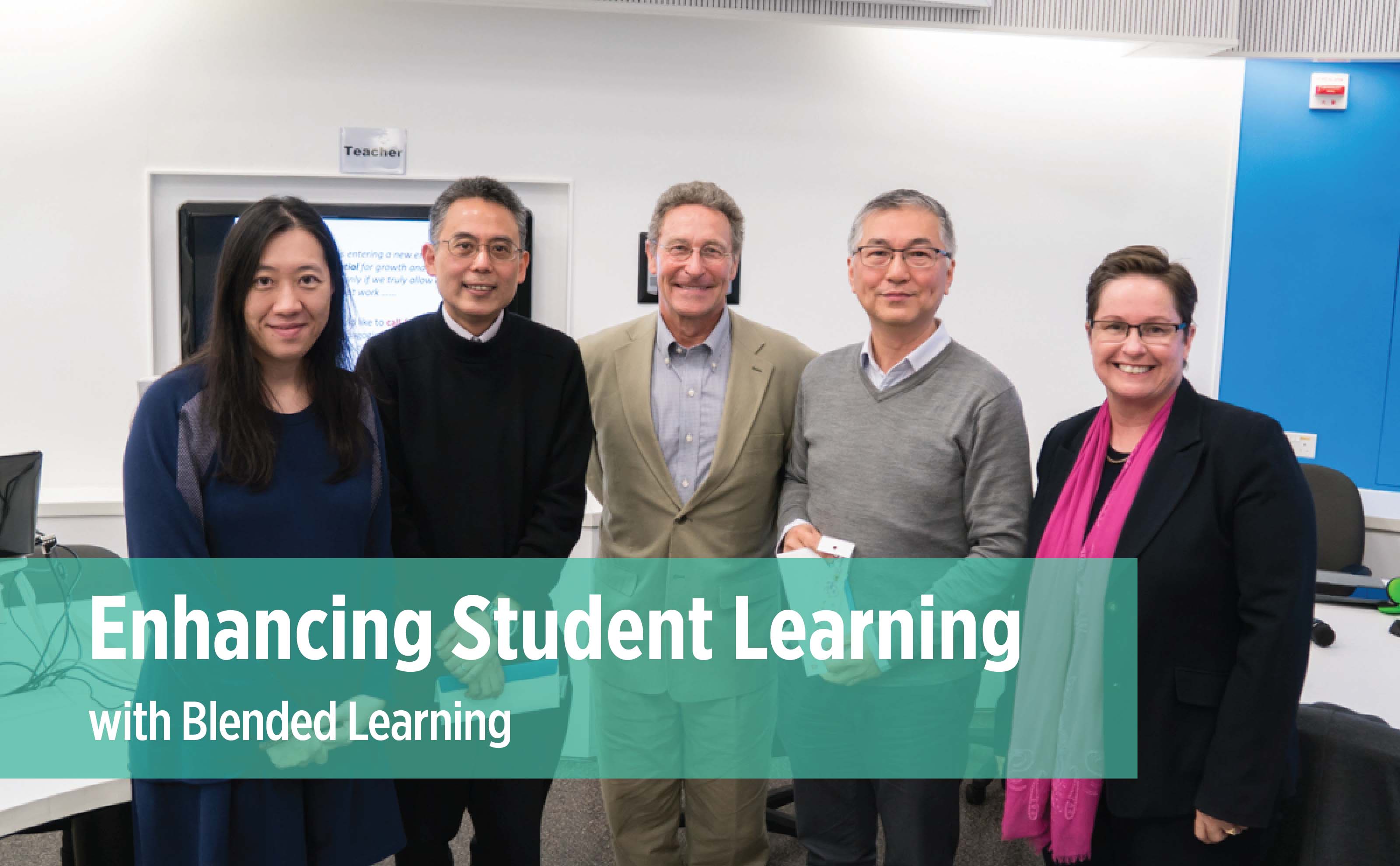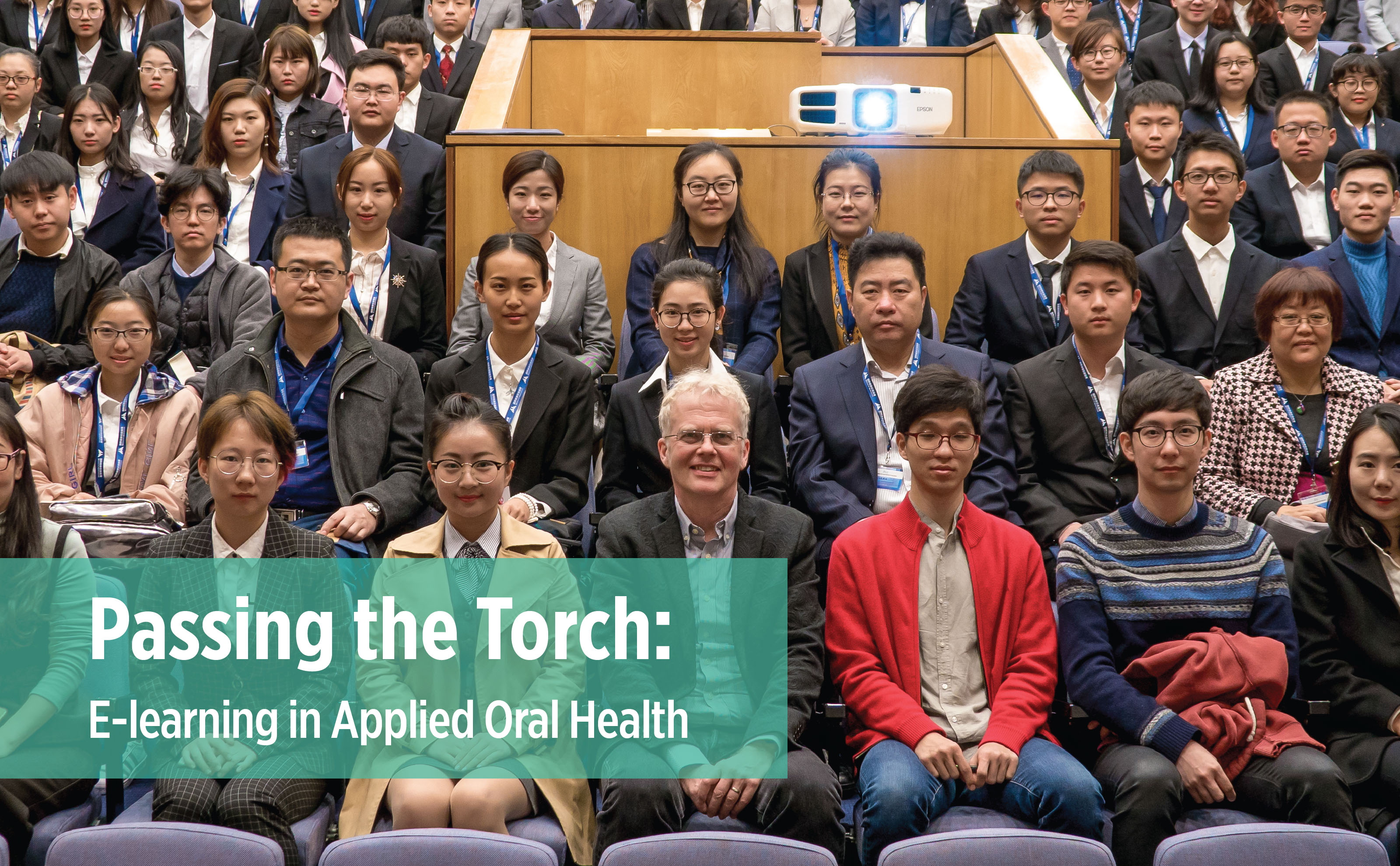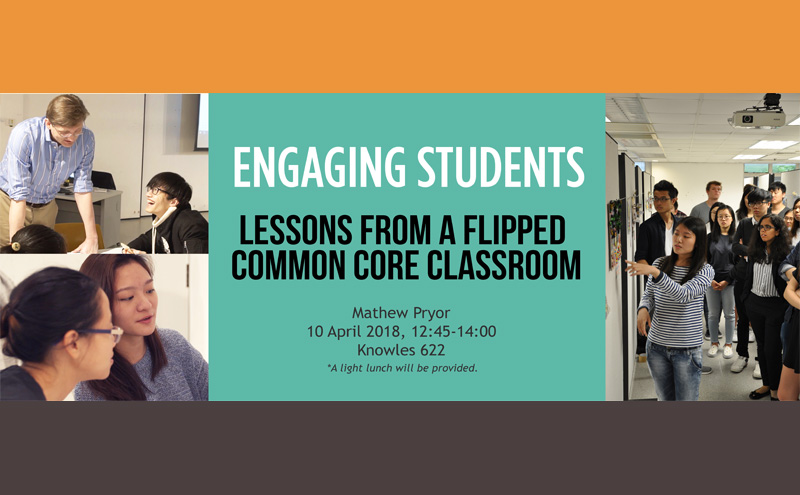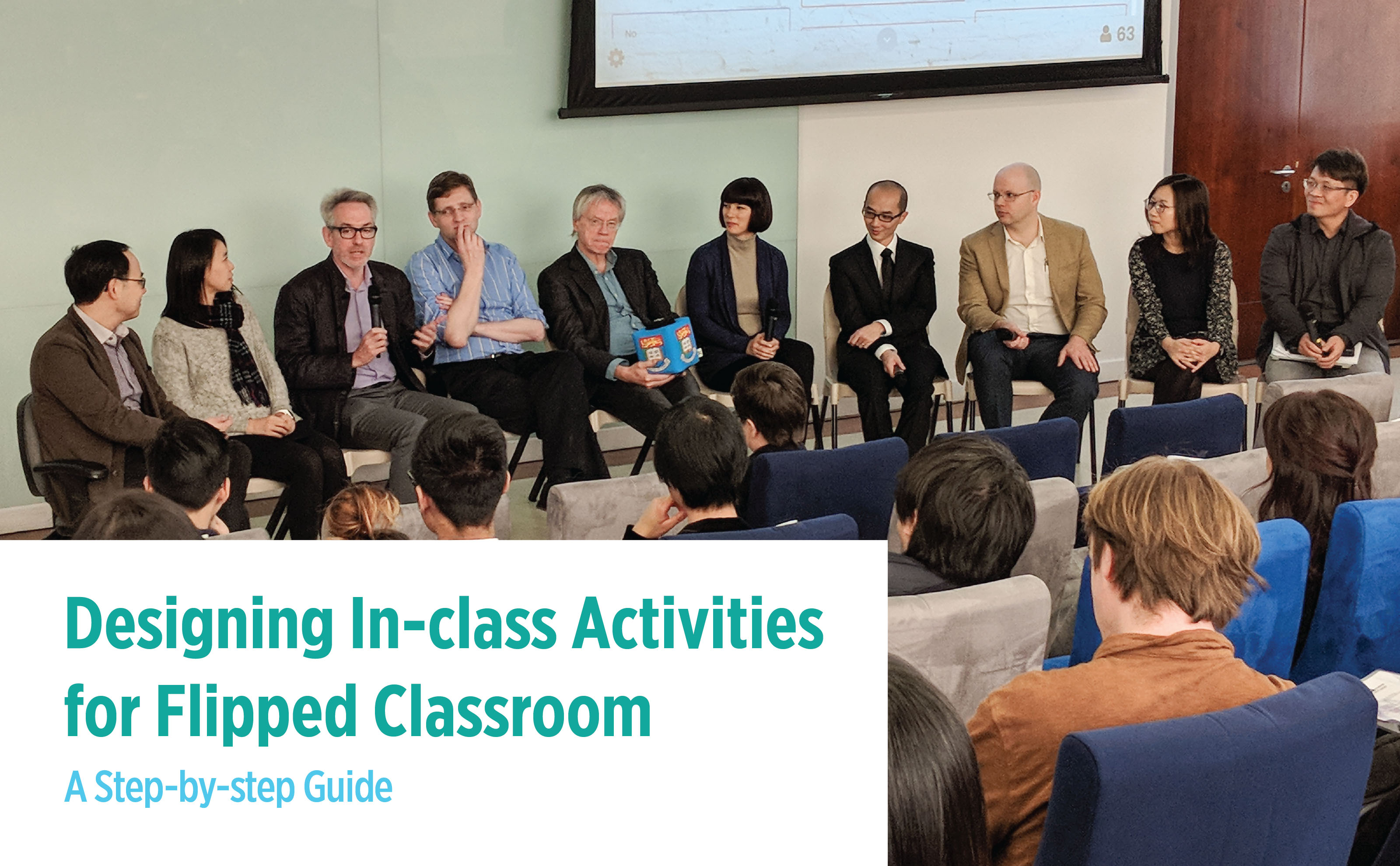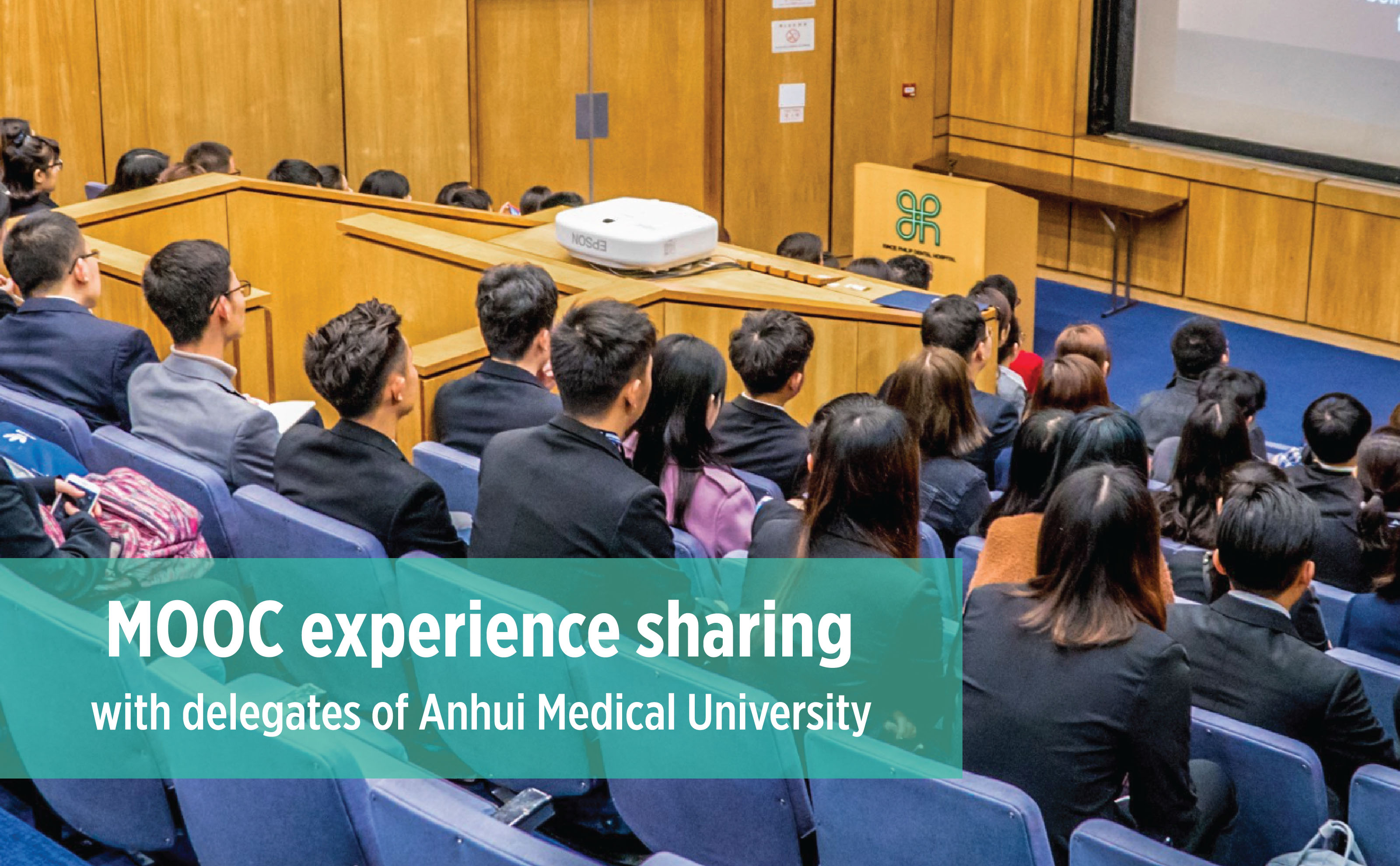
Trailer and sneak previews
The University of Hong Kong (HKU) presents to you Asia’s first interdisciplinary Professional Certificate Program in FinTech on edX platform starting on May 15 2018.
FinTech – short for Financial Technology – is transforming the world of finance, especially in Asia at a rate never seen before. It is essential that professionals working in finance, technology, regulation or FinTech and students studying related subjects are equipped with in-demand FinTech knowledge and skills in today’s world of finance.
The FinTech Certificate Program compiles a series of three courses providing students with the tools to understand the interaction of finance and technology across the financial system as well as insight into the major technologies involved and the emerging business models and players in the industry. The first course Introduction to FinTech commences on May 15 and will be followed by two courses, FinTech Ethics and Risks and Blockchain and FinTech: Basics, Applications and Limitations, which will open over the coming year.
Each course brings together leading experts in FinTech from a range of backgrounds, including professors, market professionals and entrepreneurs. Designed by leading academics from a range of disciplines with input from industry leaders including among others SuperCharger, the Centre for Finance, Technology and Entrepreneurship, Microsoft, PwC, the Asia Capital Markets Institute, the Standard Chartered Bank, Thompson Reuters, and other partners in financial services, FinTech startups and Techfins sectors. In each course, you will gain greater understanding of the key trends in finance, technology and regulation, to better prepare for not only the opportunities but also the risks and challenges, including to traditional financial institutions and business models and those working in them.

About this course
Over the past decade emerging technologies, paired with massive changes in regulations, have driven an unprecedented transformation of finance around the world. This process is happening more rapidly in China and Asia than anywhere else. This course is designed to explore FinTech fundamentals and help make sense of this wave of change as it happens.
New players such as start-ups and technology firms are challenging traditional players in finance, bringing democratization, inclusion and disruption. Companies engaged in social media, e-commerce, and telecommunications, as well as, companies and start-ups with large customer data pools, creative energies, and technical capacities, have brought competition to the existing financial infrastructure and are remaking the industry.
These transformations have not only created challenges but also unprecedented opportunities, building synergies with new business and regulatory models, particularly in emerging markets and developing countries. To meet these changes, 21st-century professionals and students must be equipped with up-to-date knowledge of the industry and its incredible evolution. This course – designed by HKU with the support of SuperCharger and the Centre for Finance, Technology and Education – is designed to enable learners with the necessary tools to understand the complex interaction of finance, technology and regulation.
In this course, through a series of video lectures, case studies, and assessments you will explore the major areas of FinTech including, beginning with What is FinTech before turning to Money, Payment and Emerging Technologies, Digital Finance and Alternative Finance, FinTech Regulation and RegTech, Data and Security, and the Future of Data Driven Finance, as well as, the core technologies driving FinTech including Blockchain, AI and Big Data. These will set the stage for understanding the FinTech landscape and ecosystem and grappling with the potential direction of future change.
What you’ll learn
- The major areas in FinTech, including Money and Payment, Digital Finance and Alternative Finance
- Major technological trends, including cryptocurrencies, Blockchain, AI and Big Data
- FinTech Regulation and RegTech
- The fundamental role of Data and Security in data-driven finance
- Business and regulatory implications of technology for the financial industry
- How regulations and RegTech are applied
- Ways to analyse and evaluate what is driving technology innovation in Finance
- How new technology impacts economies, markets, companies, and individuals
The key instructors of the course are:
and Chief Instructor |
||
|---|---|---|
 |
 |
 |
Douglas Arner Kerry Holdings Professor in Law, |
Janos Barberis Founder |
Huy Nguyen Trieu CEO of The Disruptive Group & |
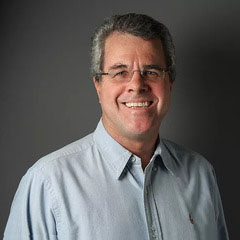 |
 |
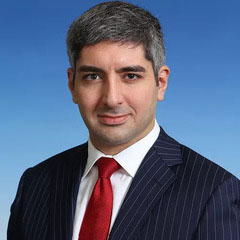 |
Ross Buckley Professor of International Finance Law, |
Brian Tang Managing Director, |
Henri Arslanian FinTech & RegTech Leader, |
Don’t forget to join us on Facebook or Twitter for more updates.


